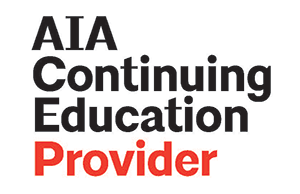 | 1 LU / HSW |
 | 1 LU / HSW |
Previous research has readily associated the built environment with both physical activity behaviors and health outcomes such as obesity, cardiovascular disease, diabetes, and cancers (Sallis et al., 2012). In North Carolina, students spend 6.75 hours/day in school for 180 days/year (NCSE 2018). Literature addressing health in schools speaks to obesity and nutrition programming (Errisuriz, Golaszewski, Born, & Bartholomew, 2018), but does not often align facility design with occupant health and wellbeing. “Understanding the relationship between how population groups experience “place” and the impact of “place” on health is fundamental to the social determinants of health-including both social and physical determinants” (ODPHP, 2020). In August 2019, a new shared-wall and shared-roof YMCA and public elementary school opened as a ‘Beacon Site’ in Southeast Raleigh, North Carolina. This Purpose Built Community is serving 29,000 residents including 8,000 youth, 54.1% of whom live in poverty. This study asks: How does the unique designed environment of the hybrid YMCA/elementary school (SERES), and the programming that the specific design elements support, impact mental and physical wellness of Southeast Raleigh residents? Not just the students of the school, but the faculty and staff, the families of the students, and the community at large. This project explores how social determinants of health (SDOH) can be operationalized as two important social-support environments work together, through both physical form and programming. The research takes the form of a comparative case study, or a focused exploration, of our project and population within their real-life context, using mixed methods. Primary data is being collected through observations, interviews, surveys, focus groups, and space syntax. A matched elementary school serving the same community serves as the study’s control.
Learning Objectives:
Hal Bowen, AIA, Principal/Raleigh Studio Leader, RATIO
Hal Bowen, AIA, LEED AP, is Partner at RATIO, a global architecture firm. He is also the studio leader of the Raleigh, North Carolina office and the firm’s k-12 education expert. Hal has over 30 years of experience designing learning environments, municipal, recreational, and higher education projects. He guides the design team through a comprehensive planning and design process, resulting in creative solutions that enrich the user’s overall experience.
Kia Baker, SE Raleigh Promise, Inc.